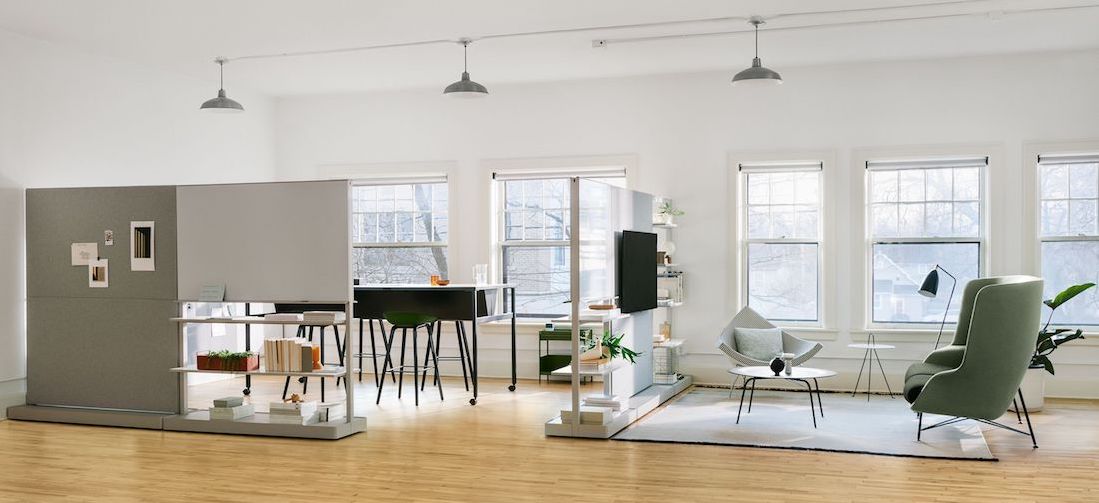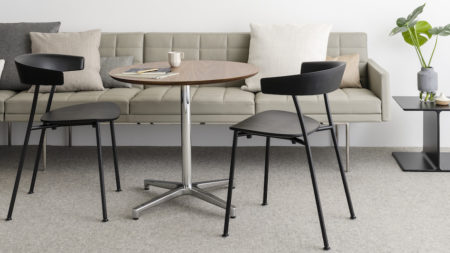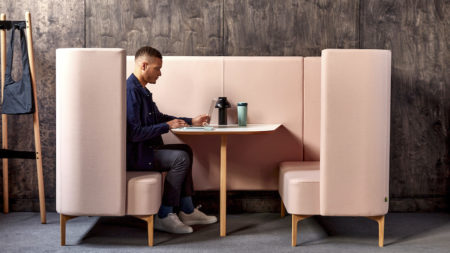
The desk has always represented the central element of the traditional office, but the most innovative workplace finds in the ancillary furnishings the most suitable solution to meet the needs of the new ways of working.
Why is the role of ancillary furnishings becoming increasingly important to make the latest generation hybrid office more attractive?
We ask Derek Hoehn, Ancillary Sales Manager Herman Miller.
Ancillary furniture really goes beyond the concept of accessories and includes a wide range of solutions for the most diverse needs.
From a social point of view, these furnishings make communication between people easier, thus helping to generate Corporate Culture, a key area for innovation.
They also provide the flexibility that is indispensable for teamwork, collaboration and activities that require interaction between people.
The interesting aspect is that ancillary furnishings allow people to choose the type of space that best suits the activities they have to carry out.
They offer multiple options dedicated to collaborative activities: for example, I may need a high table with bar stools, or armchairs for informal communication.
But they also respond to an individual “accessory” use: for example when I feel the need to move away from the desk and, to change position, I prefer to work with the laptop on an armchair.
Perhaps this makes possible not only a different posture, but also a different mindset.
In the photos some of the possible “Ancillary” solutions proposed by Herman Miller.




















